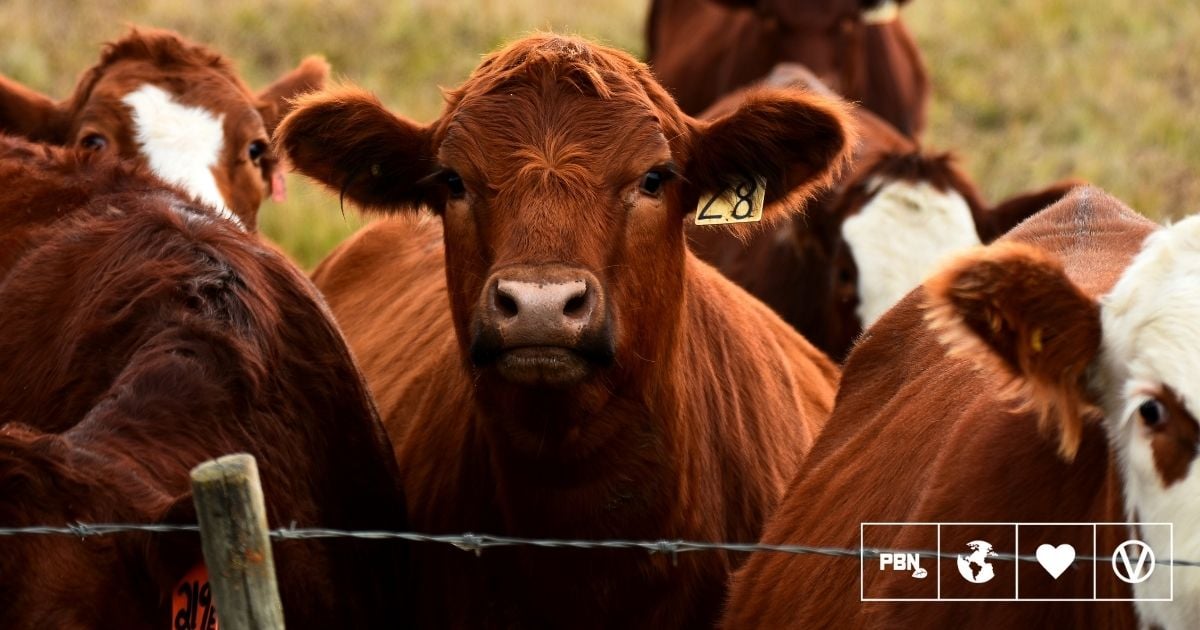


The Centers for Disease Control and Prevention (CDC) just announced another human case of bird flu. It is the fourth human infection so far to be linked to an ongoing multistate outbreak of H5N1 avian influenza in US dairy cattle.
Read more: US To Test Ice Cream And Butter For H5N1 Bird Flu Virus
As with the previous three, this fourth case is a dairy worker who came into contact with infected cows while carrying out their job. The worker was initially monitored due to their exposure and later reported symptoms to state officials.
The Colorado worker received antiviral medication and has since recovered, while the CDC is currently analyzing a sample of the virus to see if it has developed any new mutations.
As the virus spreads among mammals, it could mutate to make human-to-human infection more likely. However, the CDC’s overall health risk assessment of the bird flu outbreak remains “low,” despite its continued spread and the additional risk of mutation that each new human “spillover” case brings.
This latest is the first case in Colorado, preceded by one in Michigan and two in Texas. According to the USDA, Colorado has the highest total number of infected cattle herds. The mountain state was also home to a separate human case of H5N1 back in 2022.
Read more: More US Bird Flu Cases ‘Likely’ After Second Human Infected By Cows
Last month, former CDC director Robert Redfield – who headed the agency during the COVID-19 pandemic – warned that bird flu is “very likely” to be the next human pandemic. Speaking to News Nation, he said “It’s not a question of if, it’s more of a question of when.”
In April, the first-ever human case of H5N2, a separate strain of bird flu, killed a man in Mexico. As with H5N1, it’s likely he caught the virus from an infected animal. Other strains of bird flu have previously killed humans, including 18 deaths from H5N6 in China in 2021.
While the US government maintains that the current risk to humans from H5N1 bird flu remains low, officials say they are taking the possibility of further transmission seriously. Two potential vaccines in millions of doses are ready for immediate rollout, if necessary.
Read more: Bird Flu In Dairy Cows: How Worried Should We Be?